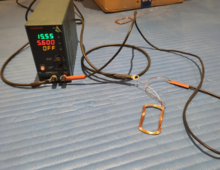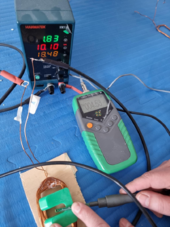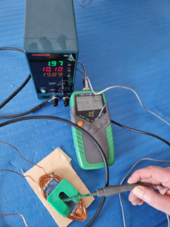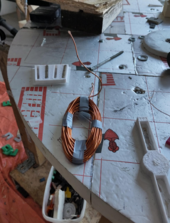@justgary ahh yes I was a bit ashamed to ask.
But now the CVCC seems stuck in CC mode. I cant find anything in the manual to break it out of that again other than the obvious.
Can you perhaps suggest something similar, yet contra, like you did earlier? to force the CVCC in a specific mode? or at the minimal out of CC mode.
The supply is always in CVCC mode.
You adjust the constant voltage first with the leads open, then adjust the constant current with the leads shorted. The supply will then not exceed either. When the load is small enough that it consumes less than the CC setting, the voltage limit will hold the voltage at the CV setting. If the load is higher than the CC setting, the voltage will be below the CV setting.
What are you seeing happen that suggests it is doing something different?







